What Is Buffalo Plaid?

Buffalo Plaid is a distinctive pattern made up of large blocks formed by intersecting lines of two colors traditionally red and black. It’s a simple yet bold design that instantly brings a feeling of warmth and comfort. Whether on cozy flannel shirts or rustic table linens, Buffalo Plaid carries a charm that’s both rugged and timeless.
This pattern is not just a winter favorite, it's a year-round statement of style and personality. Its versatility allows it to fit effortlessly into everything from casual outfits to farmhouse-inspired interiors.
The Origin of Buffalo Plaid
The roots of Buffalo Plaid trace back to Scottish tartans, the traditional checked cloths worn by Highland clans. The specific red-and-black pattern is believed to come from the “Rob Roy MacGregor” tartan named after the Scottish folk hero Rob Roy.
When Scottish immigrants arrived in North America in the 1800s, they brought their tartans with them. Over time, these designs evolved, blending into the local culture and trade. That’s when Buffalo Plaid began to make its mark.
Why Is It Called Buffalo Plaid?
 So, how did this Scottish-inspired pattern get such an American-sounding name? According to legend, a Scottish trader named Jock McCluskey introduced the red-and-black check fabric while trading with Native American tribes in the 1800s. He often bartered these patterned blankets for buffalo pelts and soon, people began referring to the design as Buffalo Plaid.
So, how did this Scottish-inspired pattern get such an American-sounding name? According to legend, a Scottish trader named Jock McCluskey introduced the red-and-black check fabric while trading with Native American tribes in the 1800s. He often bartered these patterned blankets for buffalo pelts and soon, people began referring to the design as Buffalo Plaid.
While the story might sound a bit mythical, it fits perfectly with the pattern’s rugged, outdoorsy reputation. The name stuck, and “Buffalo Plaid” became the signature of frontier life, symbolizing strength, warmth, and the spirit of adventure.
Continue Reading: Best Tablecloths for Outdoor Dining
Buffalo Plaid in American Culture
Buffalo Plaid gained widespread fame in the early 20th century, thanks to its association with Paul Bunyan, the legendary lumberjack of American folklore. The red-and-black flannel shirt became his trademark look as a symbol of hardworking, tough, and dependable character.
From there, the pattern became a staple in workwear. Brands like Woolrich helped popularize the Buffalo Plaid shirt, cementing its place in American fashion. By the mid-1900s, it had become synonymous with outdoor living, camping, and craftsmanship.
Buffalo Plaid in Modern Fashion and Home Decor
 Today, Buffalo Plaid is much more than just a lumberjack look. Designers and homeowners have embraced it for its timeless appeal and versatility. It adds a cozy, rustic touch to interiors especially during the fall and winter seasons.
Today, Buffalo Plaid is much more than just a lumberjack look. Designers and homeowners have embraced it for its timeless appeal and versatility. It adds a cozy, rustic touch to interiors especially during the fall and winter seasons.
You’ll find Buffalo Plaid everywhere in tablecloths, napkins, pillow covers, curtains, and bedding. Brands like All Cotton and Linen celebrate this classic pattern by offering eco-friendly home essentials that blend traditional charm with modern sustainability. Whether it’s your dining table or your wardrobe, a touch of Buffalo Plaid instantly adds warmth and character.
Why Buffalo Plaid Never Goes Out of Style
 Despite changing fashion trends, Buffalo Plaid continues to remain relevant. Its simplicity, boldness, and strong identity make it a timeless favorite. The contrasting colors create visual balance: cozy yet striking, classic yet contemporary.
Despite changing fashion trends, Buffalo Plaid continues to remain relevant. Its simplicity, boldness, and strong identity make it a timeless favorite. The contrasting colors create visual balance: cozy yet striking, classic yet contemporary.
It’s more than just a pattern; it’s a feeling, a connection to nature, comfort, and heritage. No matter the season or style, Buffalo Plaid has a way of fitting right in.
Read Related: Buffalo Plaid Decorating Ideas 2025
Final Thoughts
Buffalo Plaid isn’t just a pattern it’s a piece of history woven into fabric. From Scottish tartans to American flannel shirts and cozy home textiles, this checkered design has journeyed through time and culture. Its bold simplicity continues to inspire designers, decorators, and anyone who loves a touch of classic comfort.
So the next time you wear a red-and-black check shirt or set your Buffalo Plaid tablecloth, remember you’re embracing a pattern that carries centuries of charm, tradition, and timeless style.

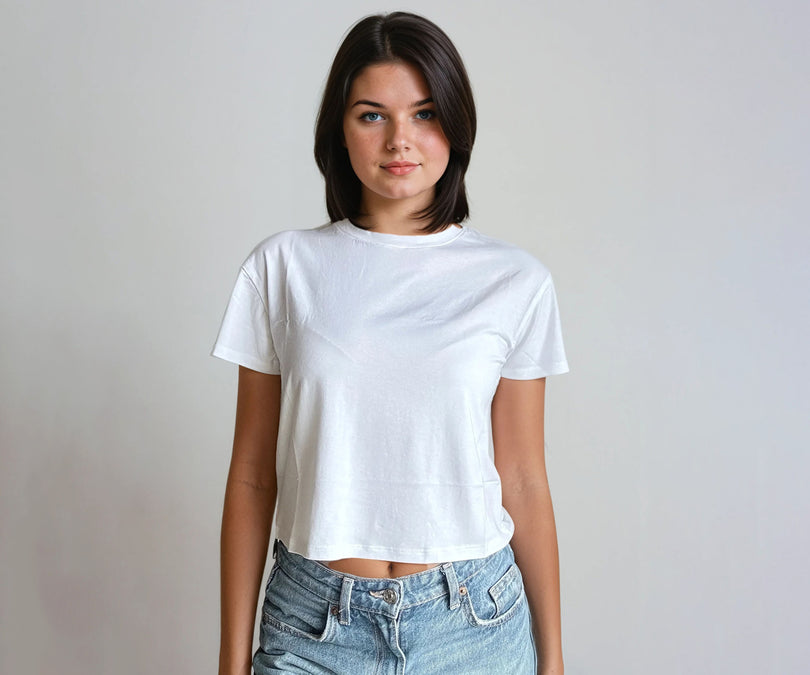
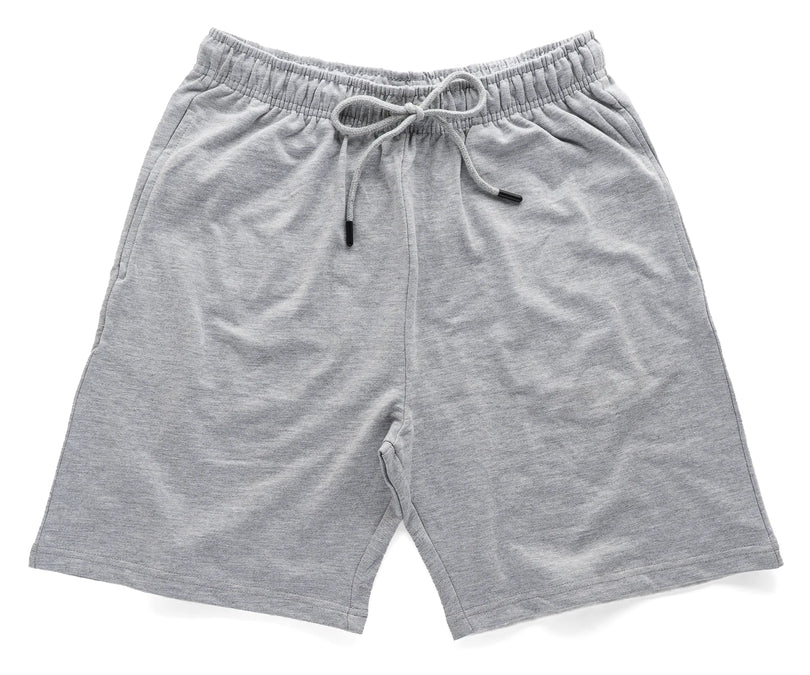
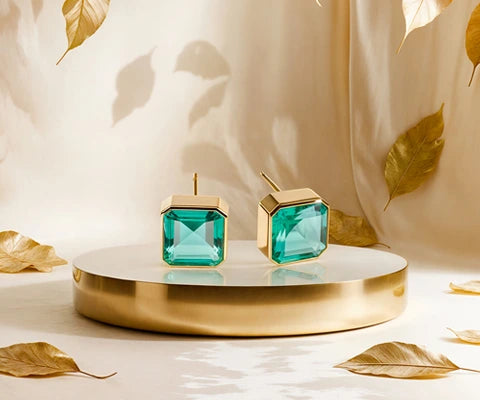
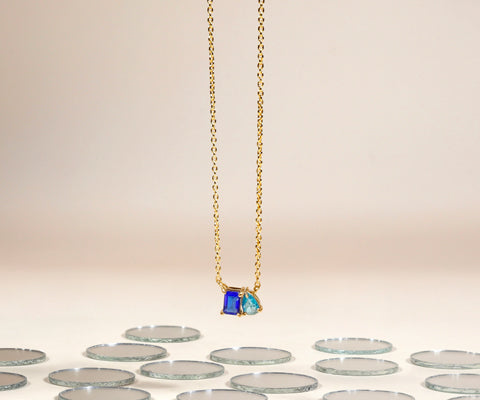
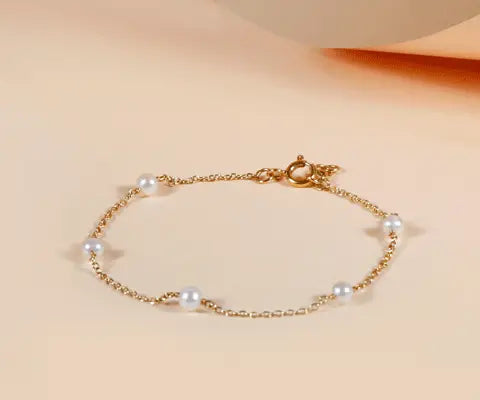
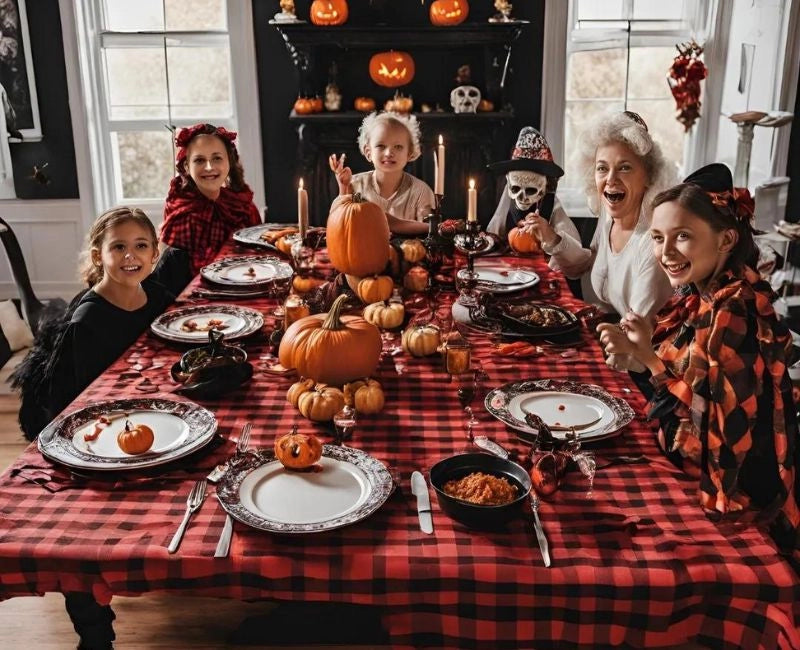
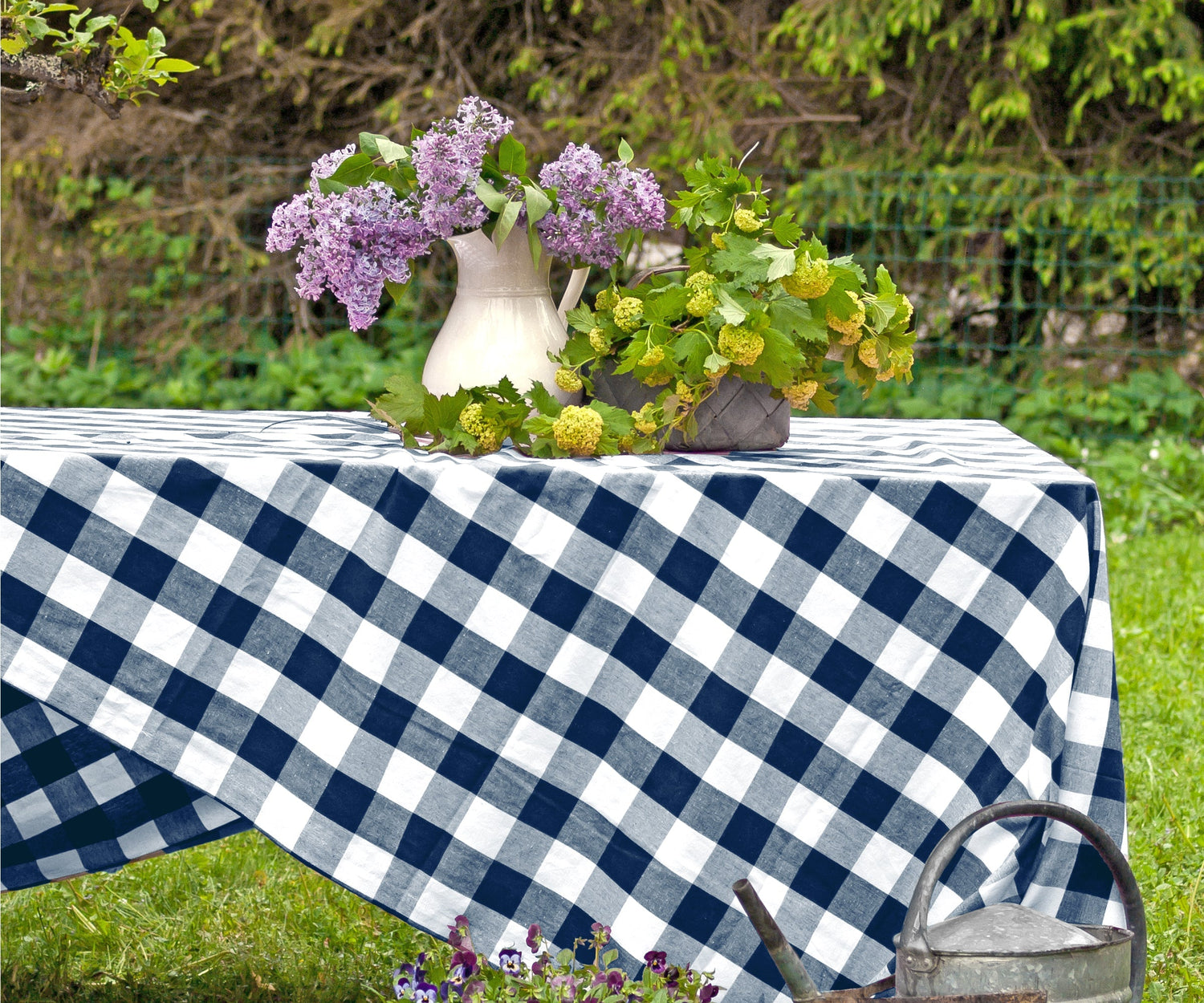
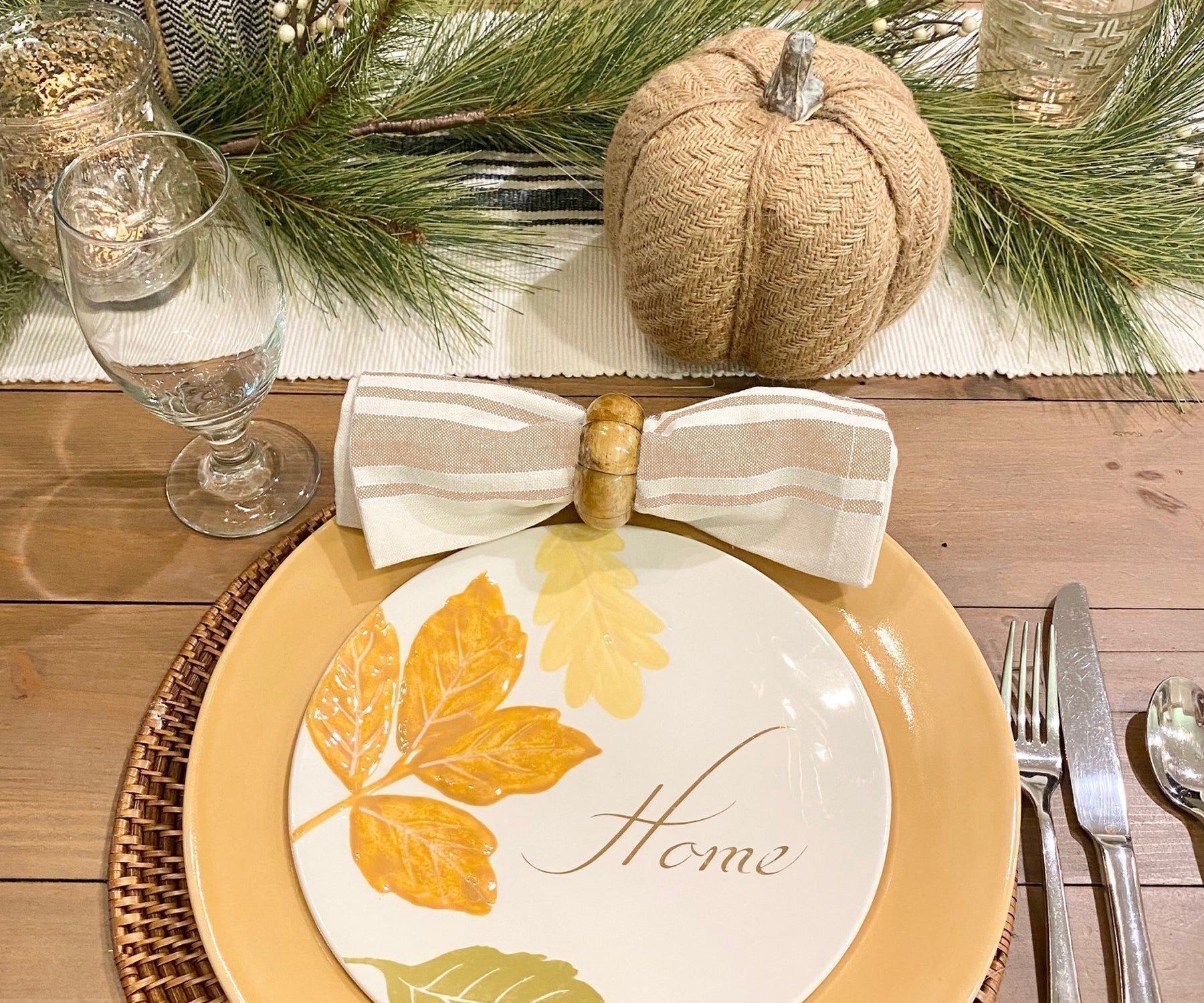
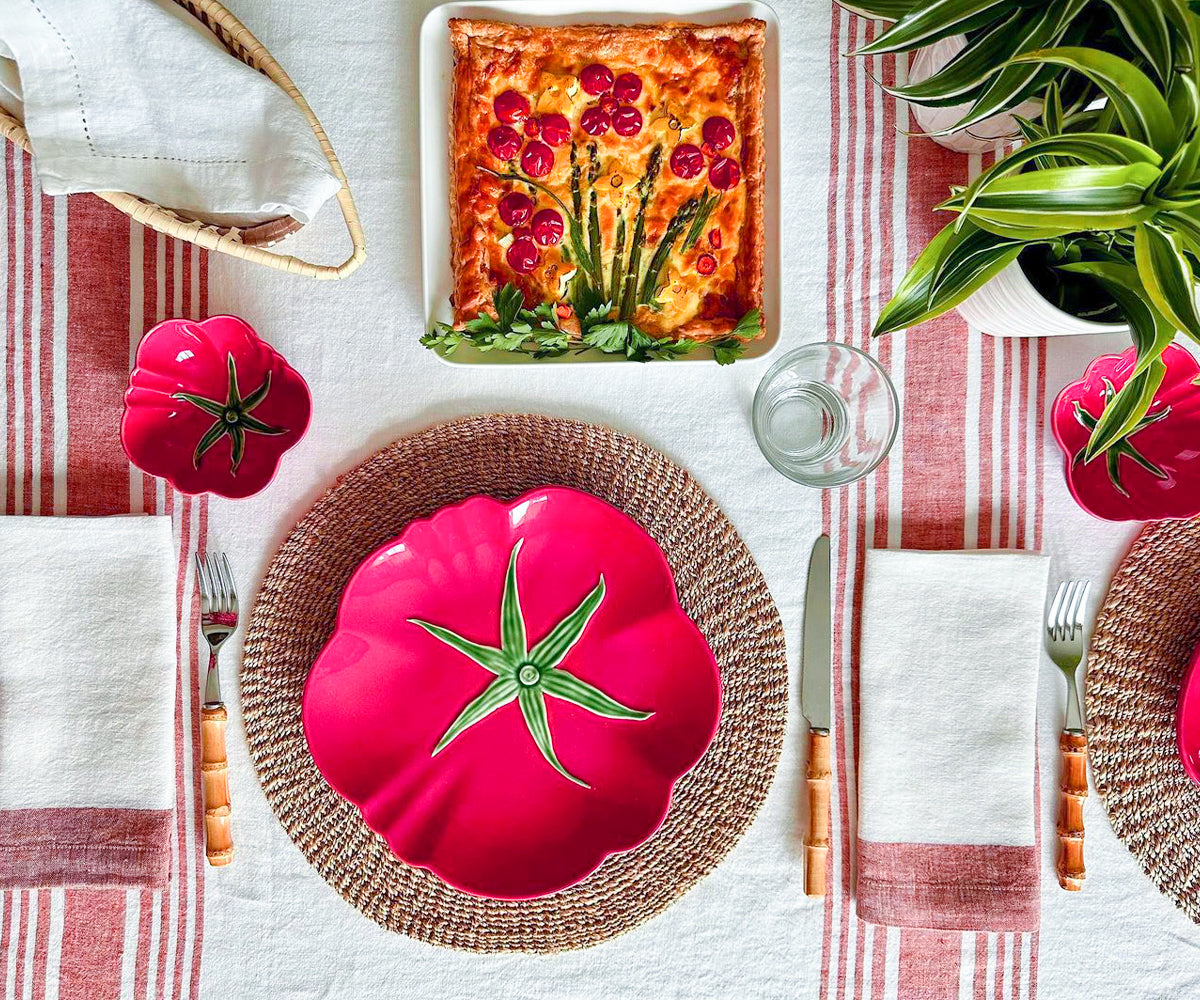
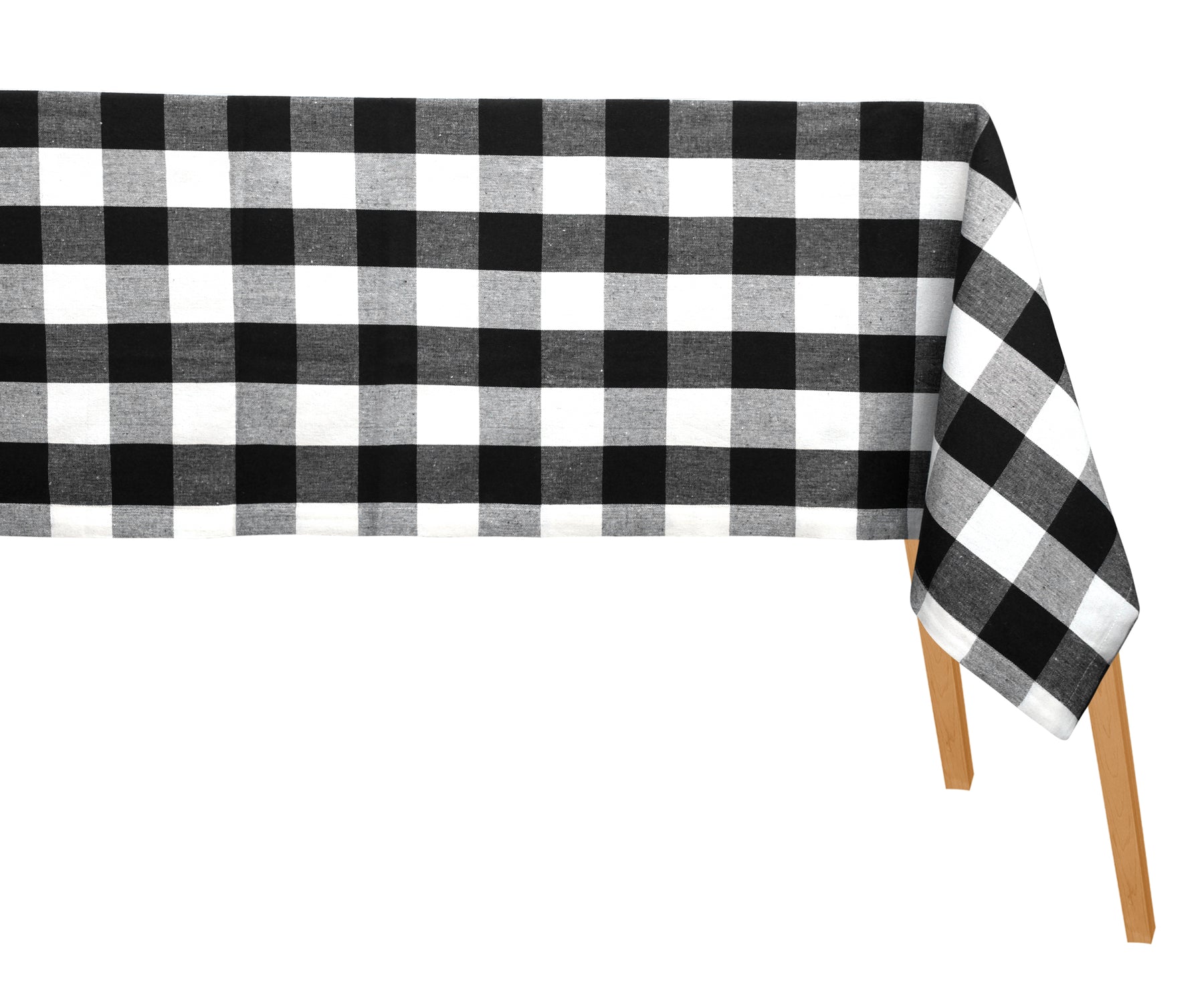
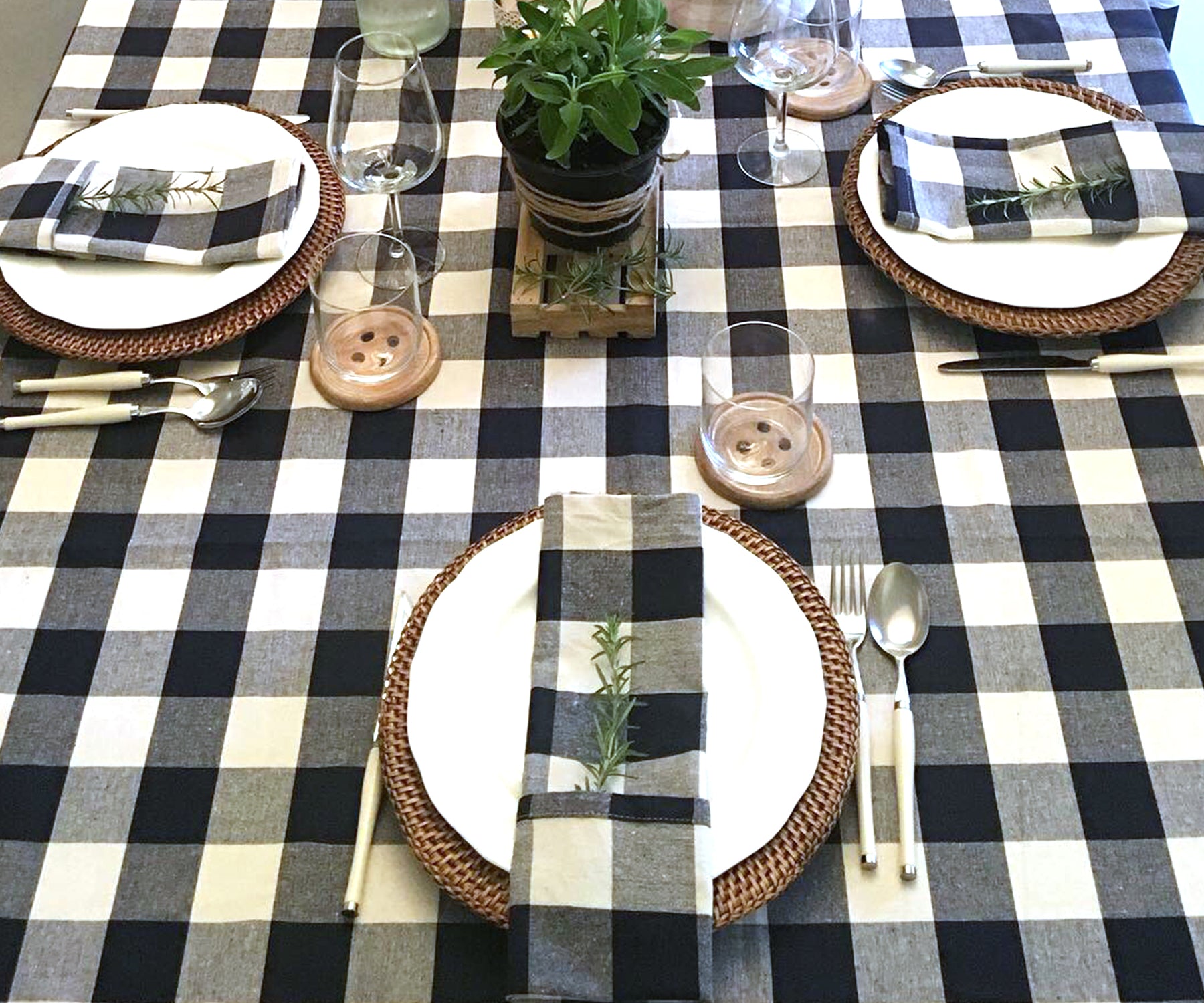
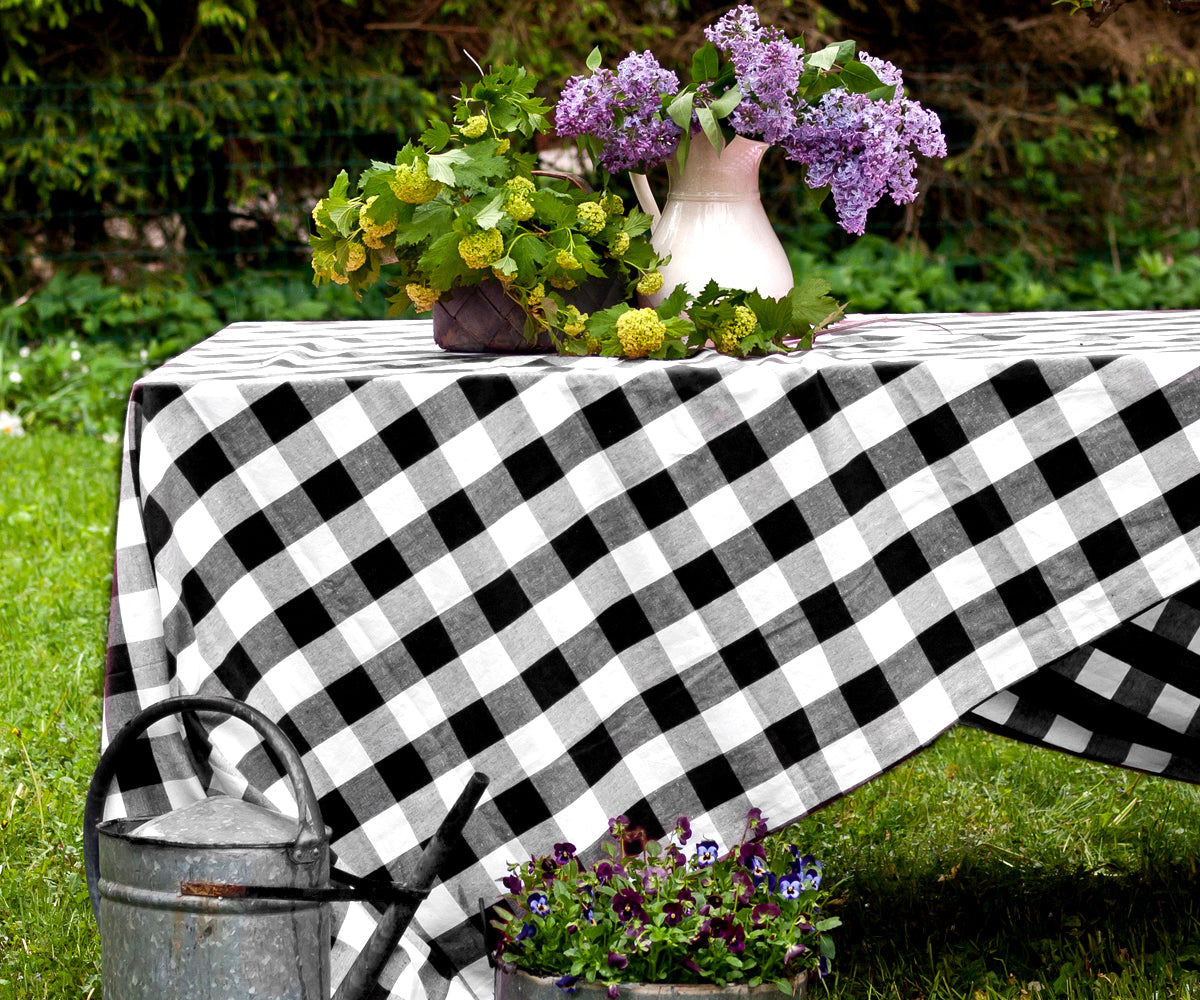
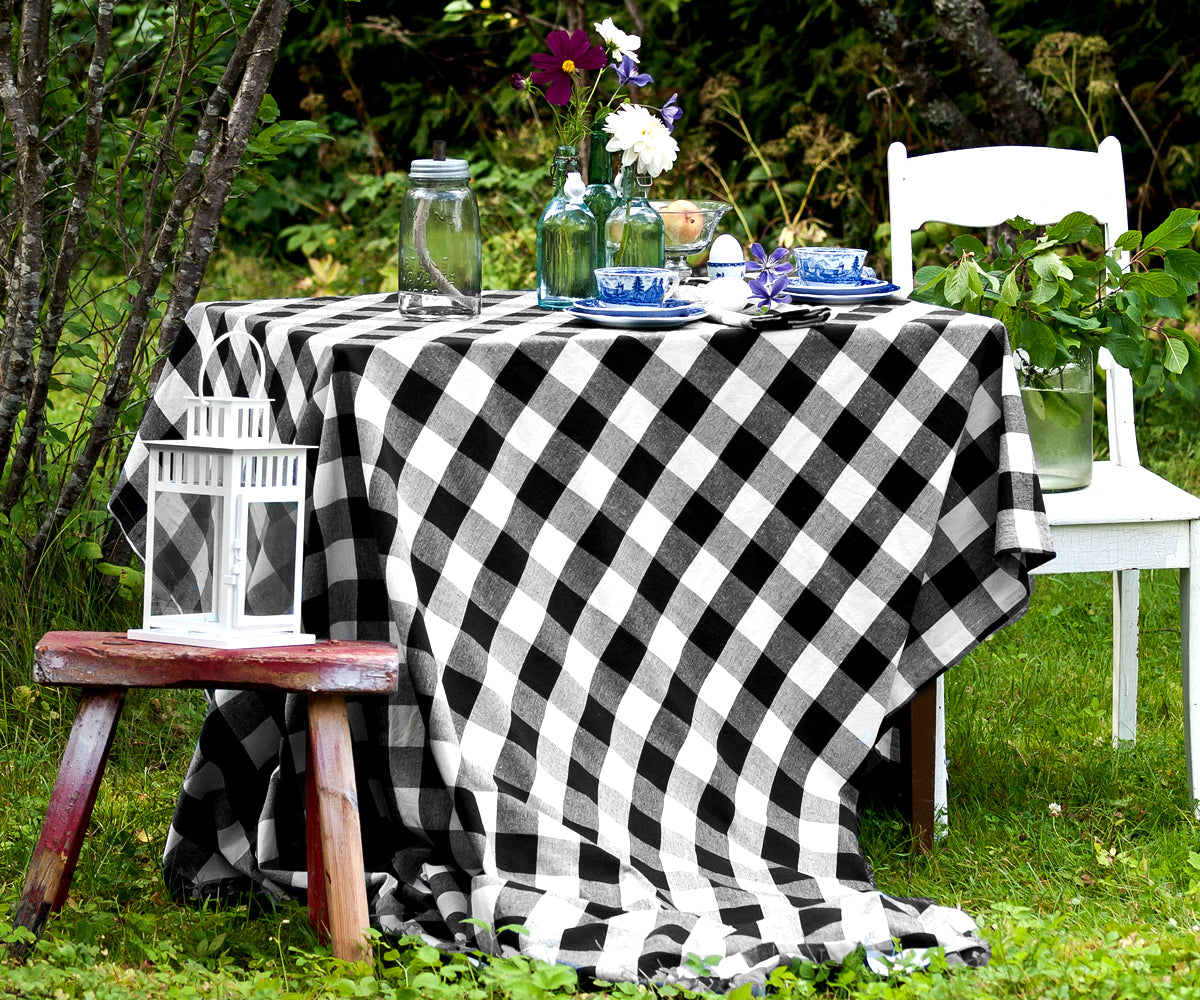
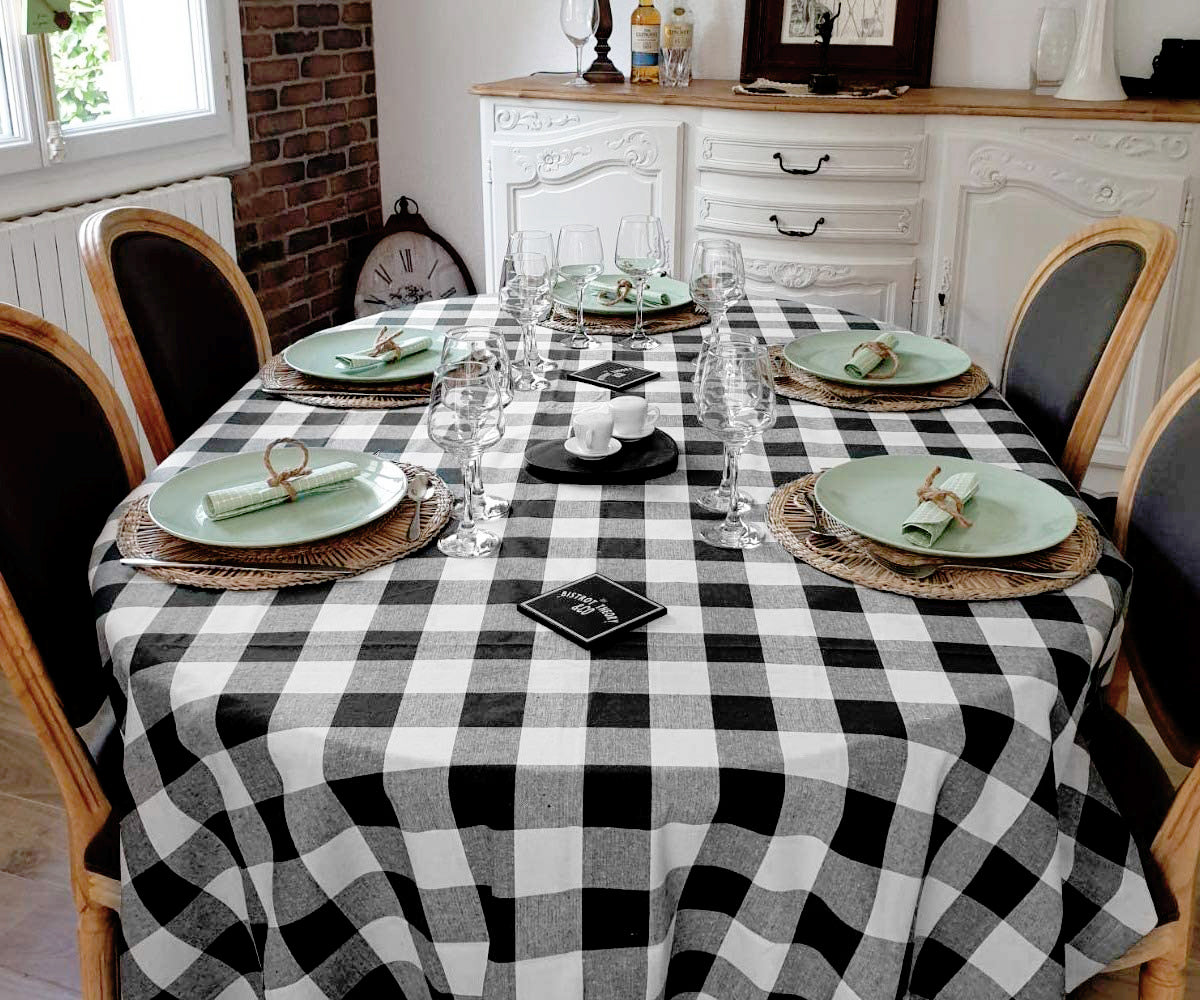
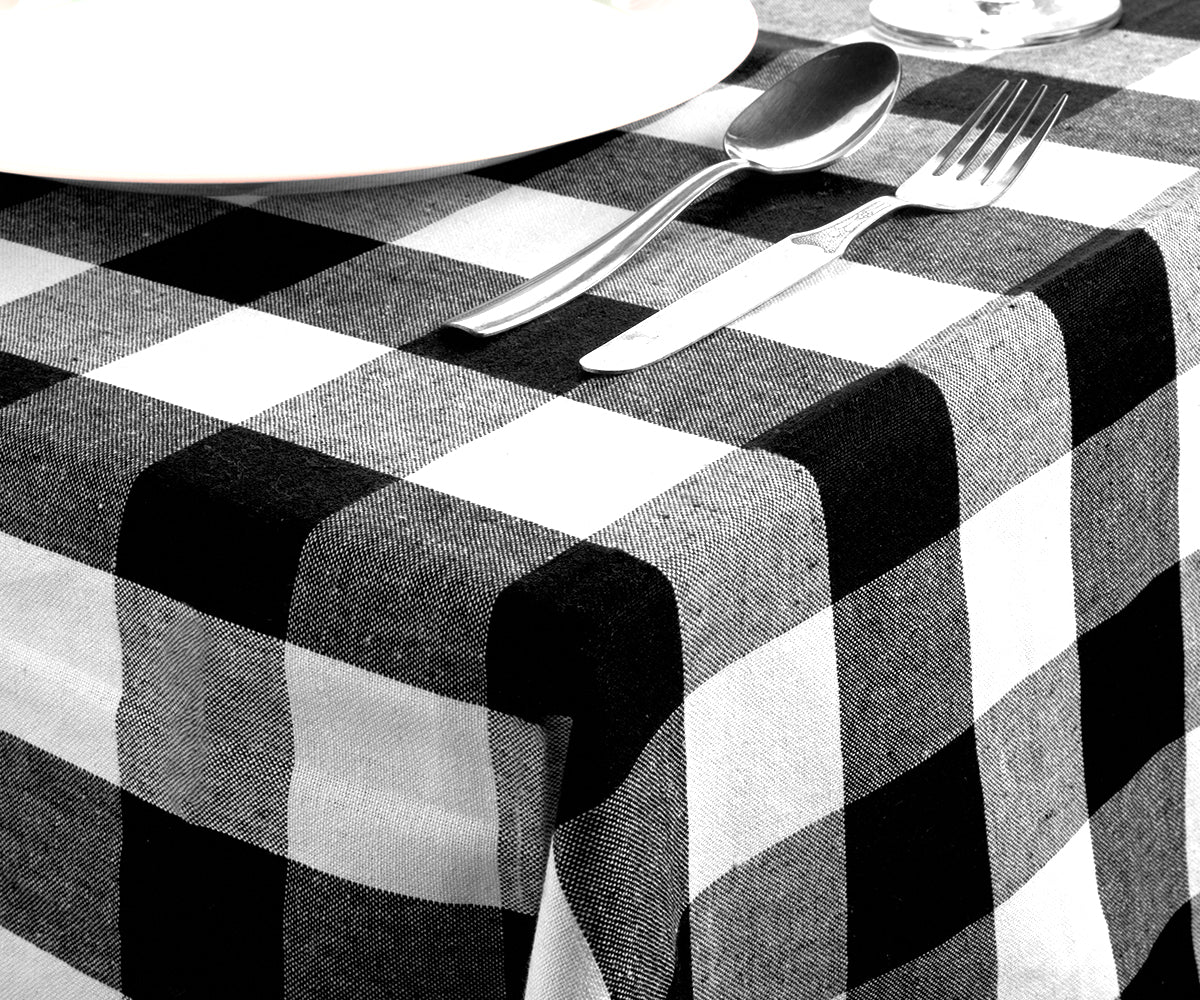
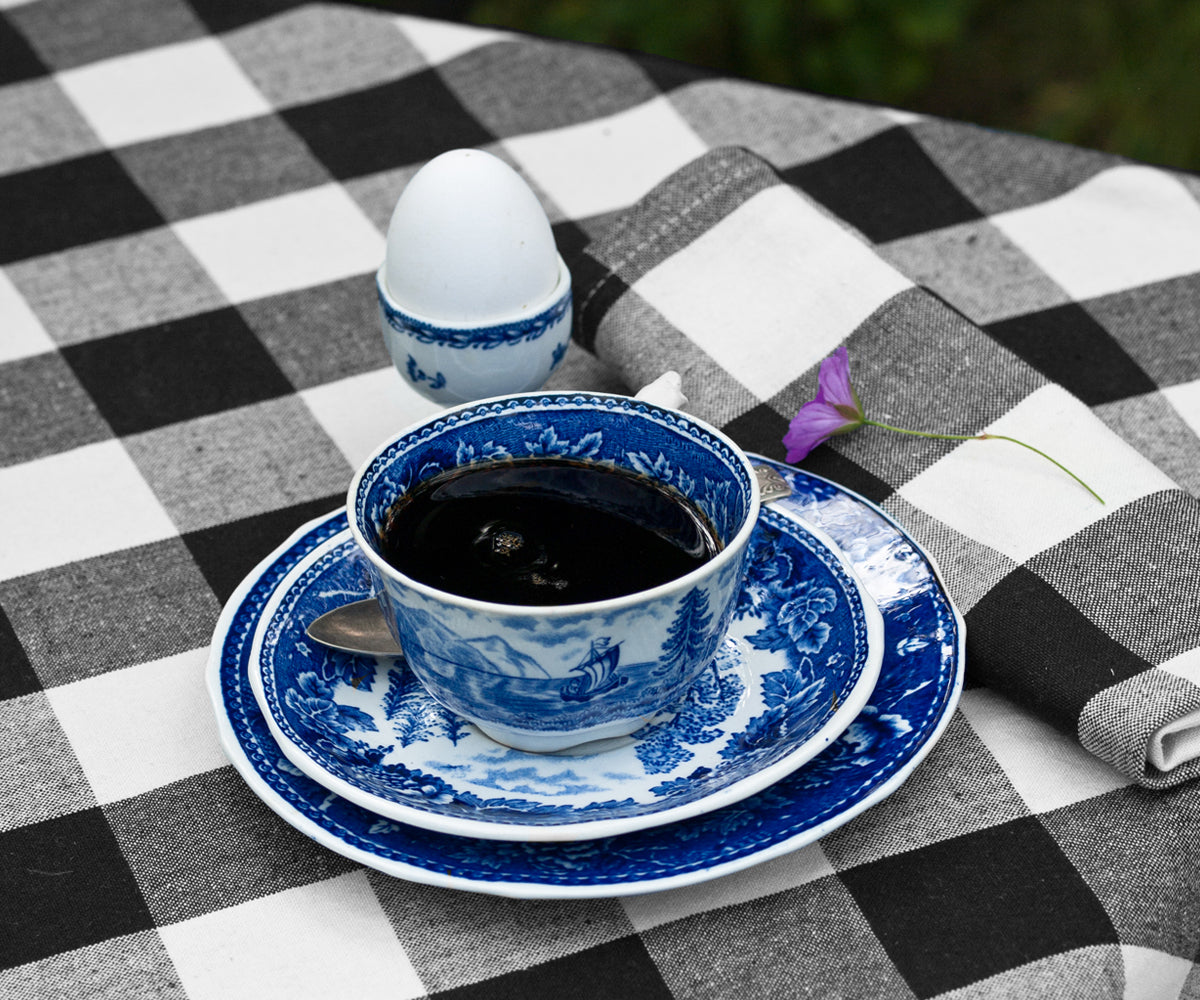
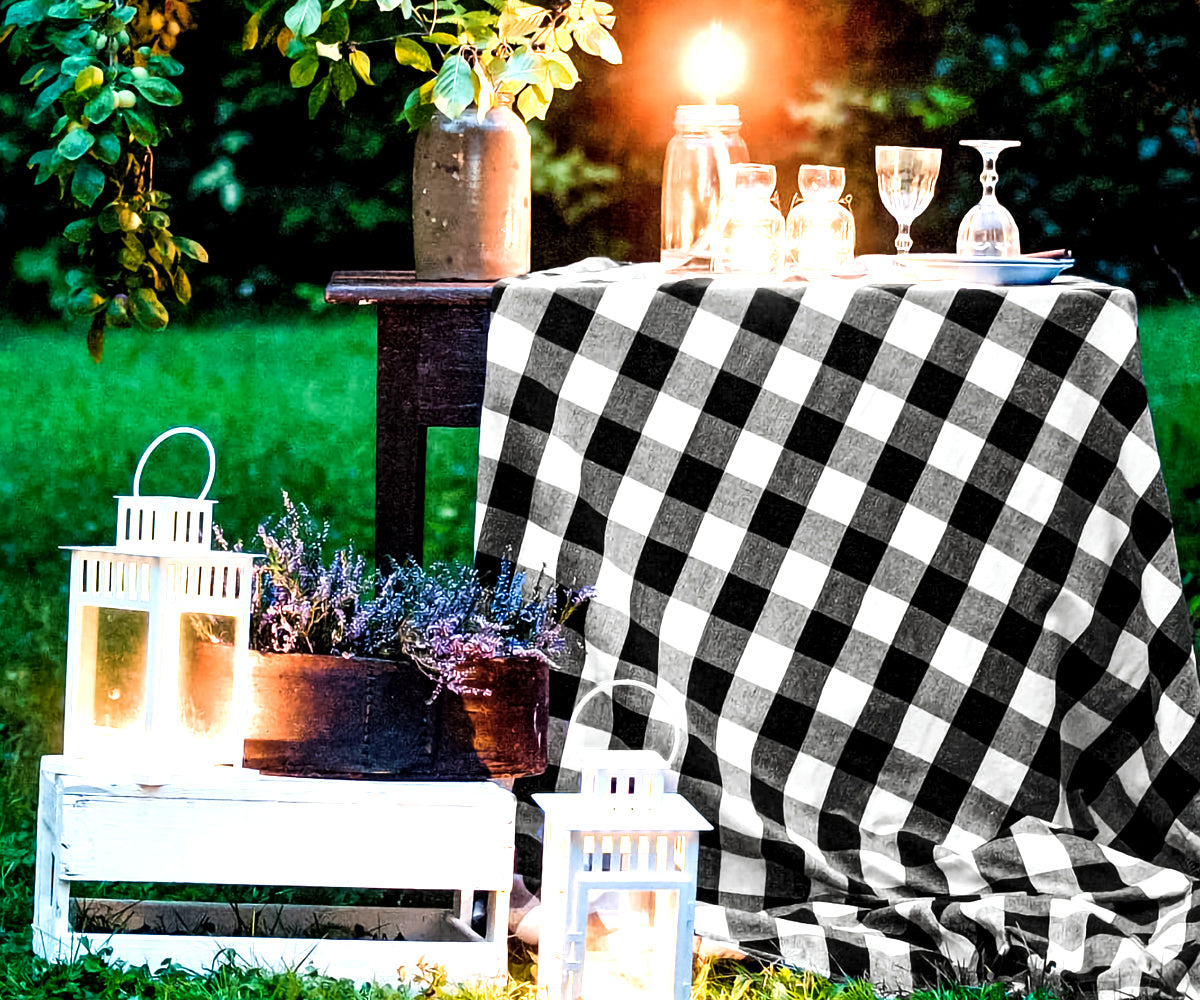
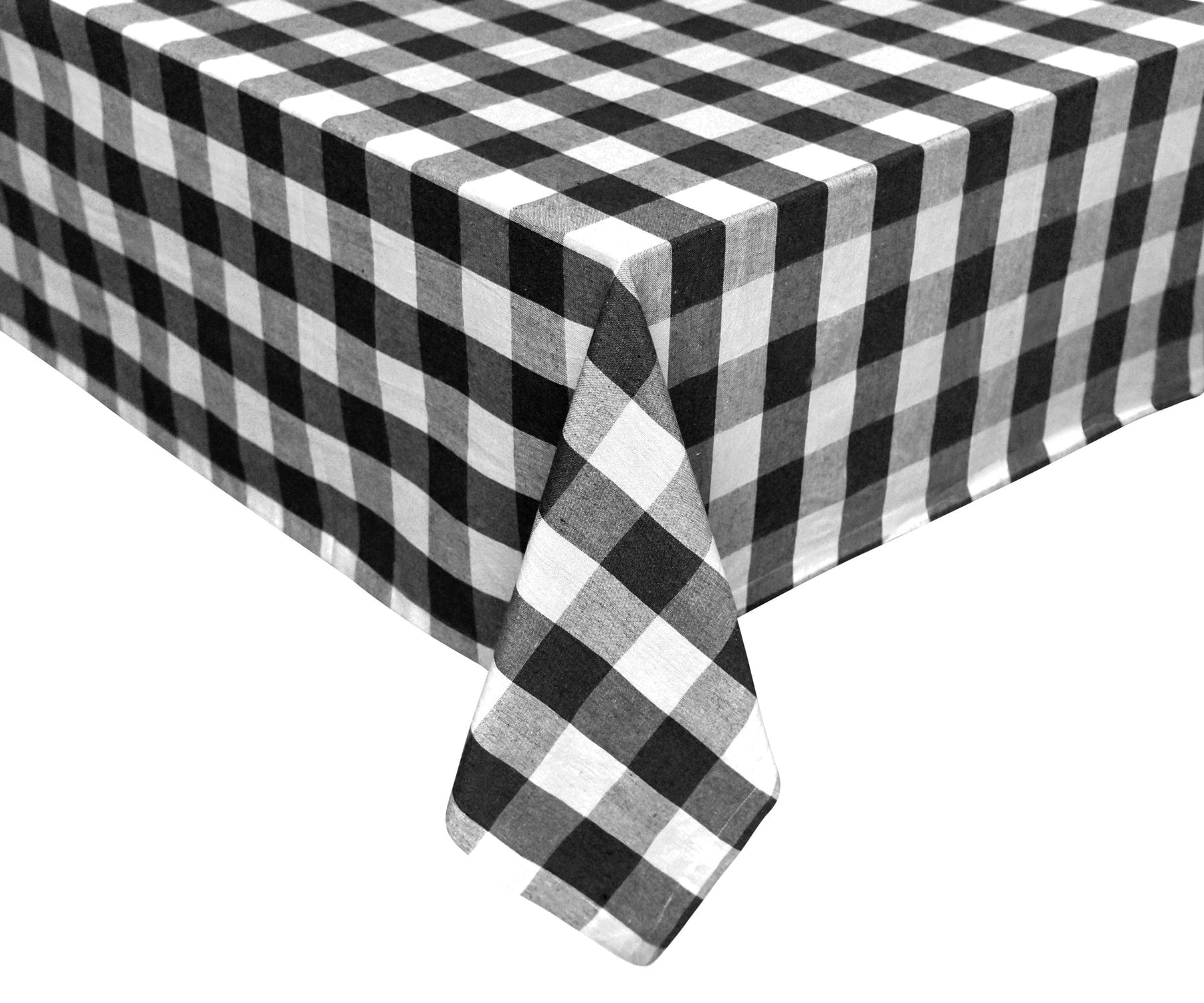
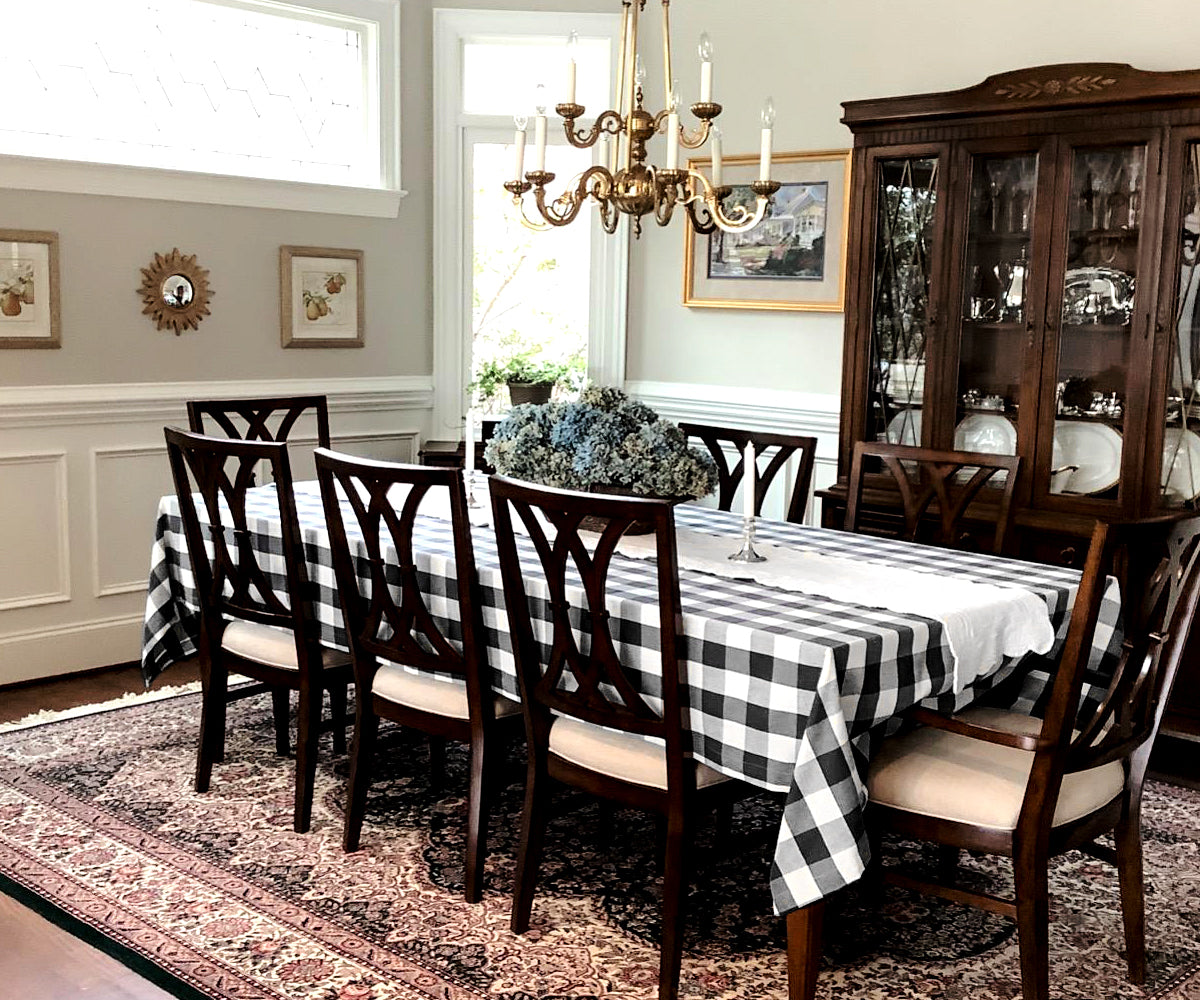
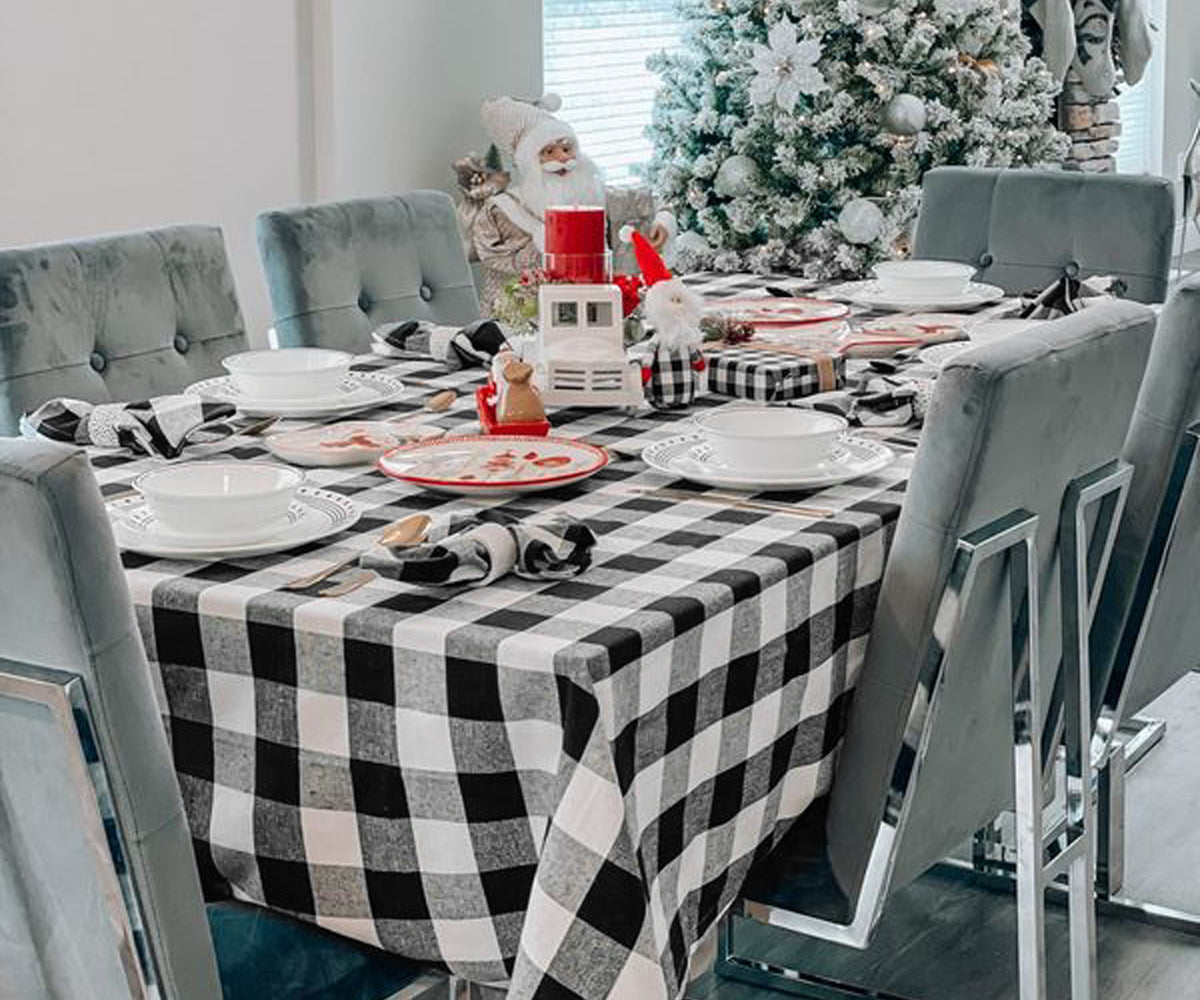
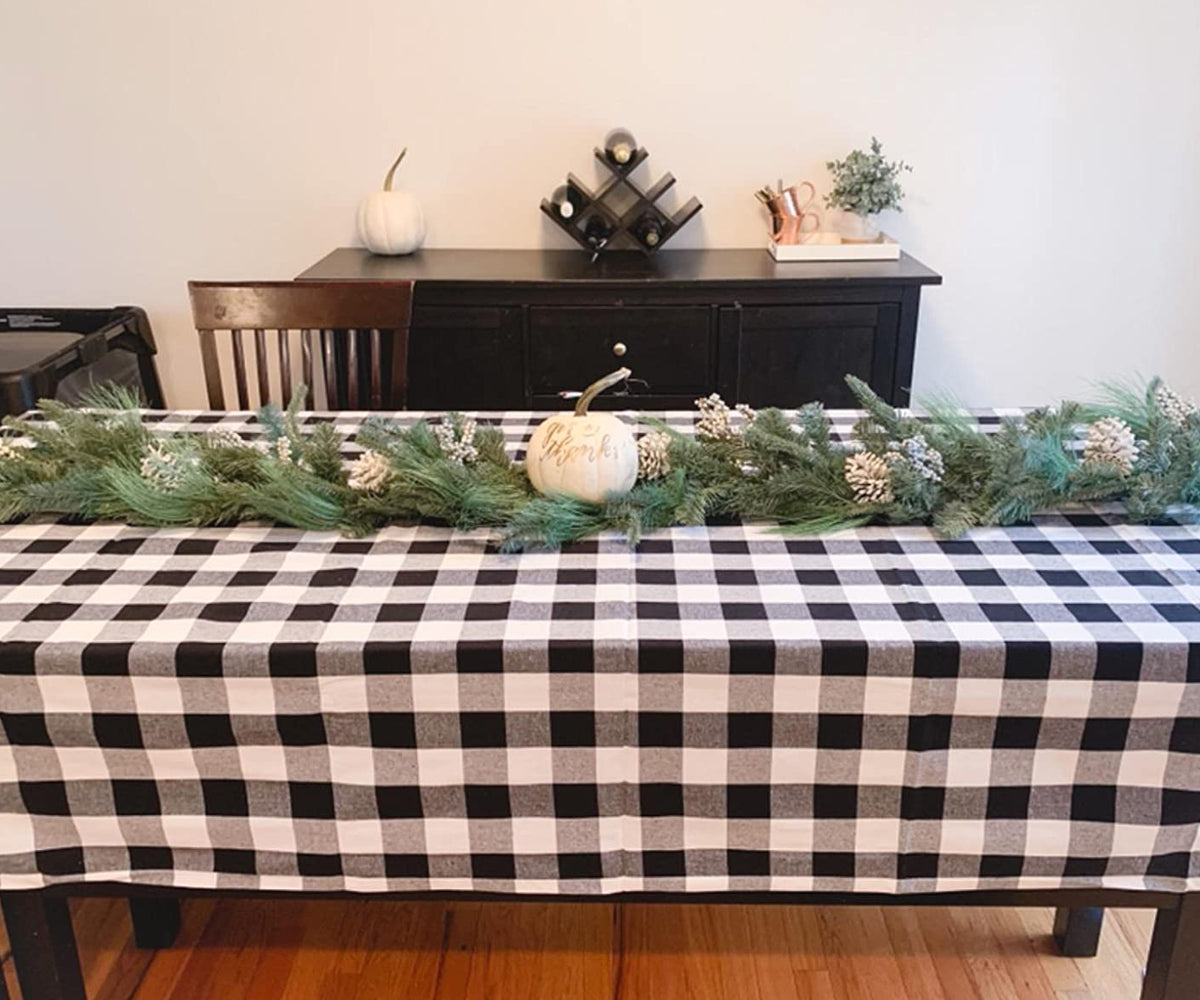

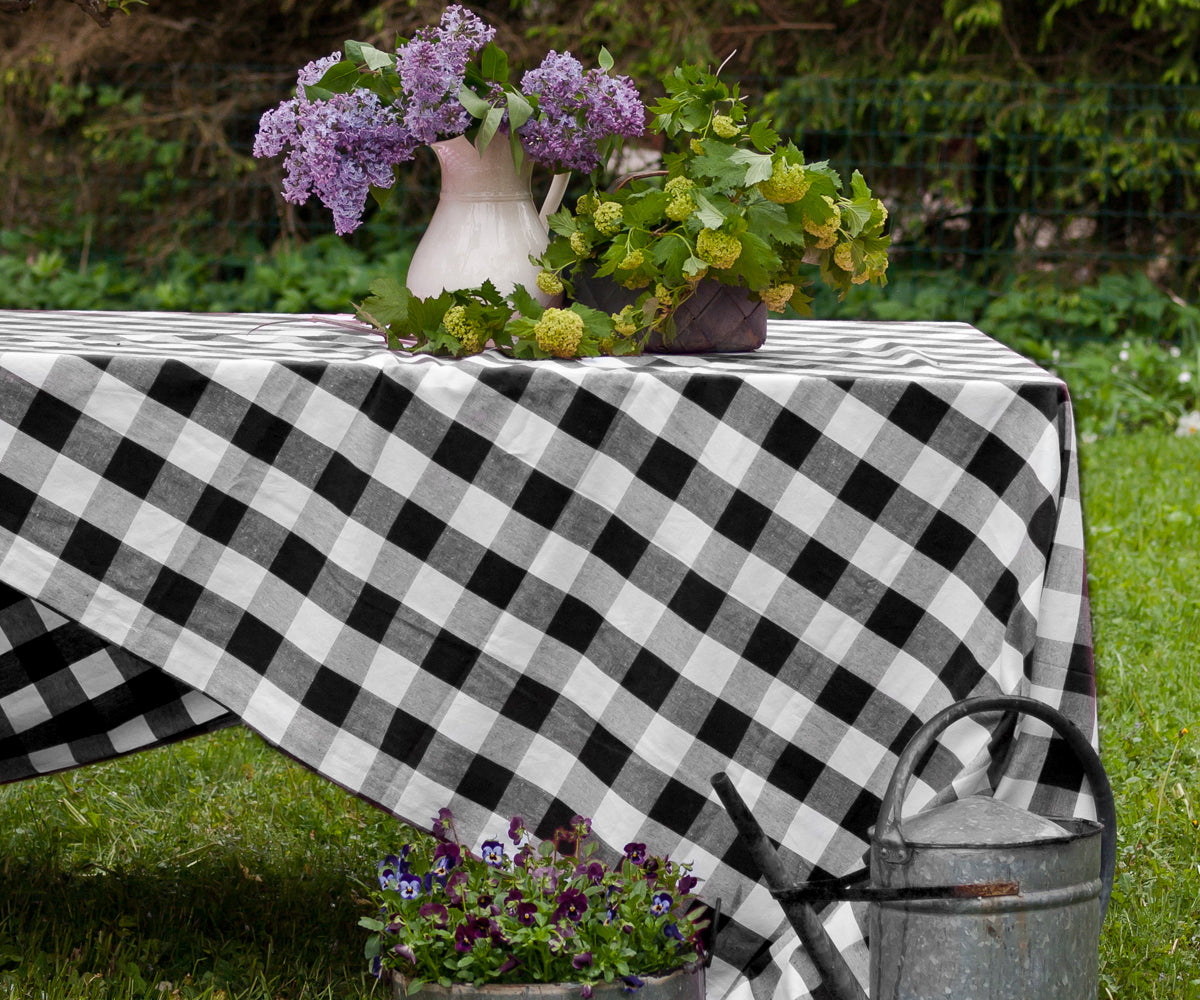
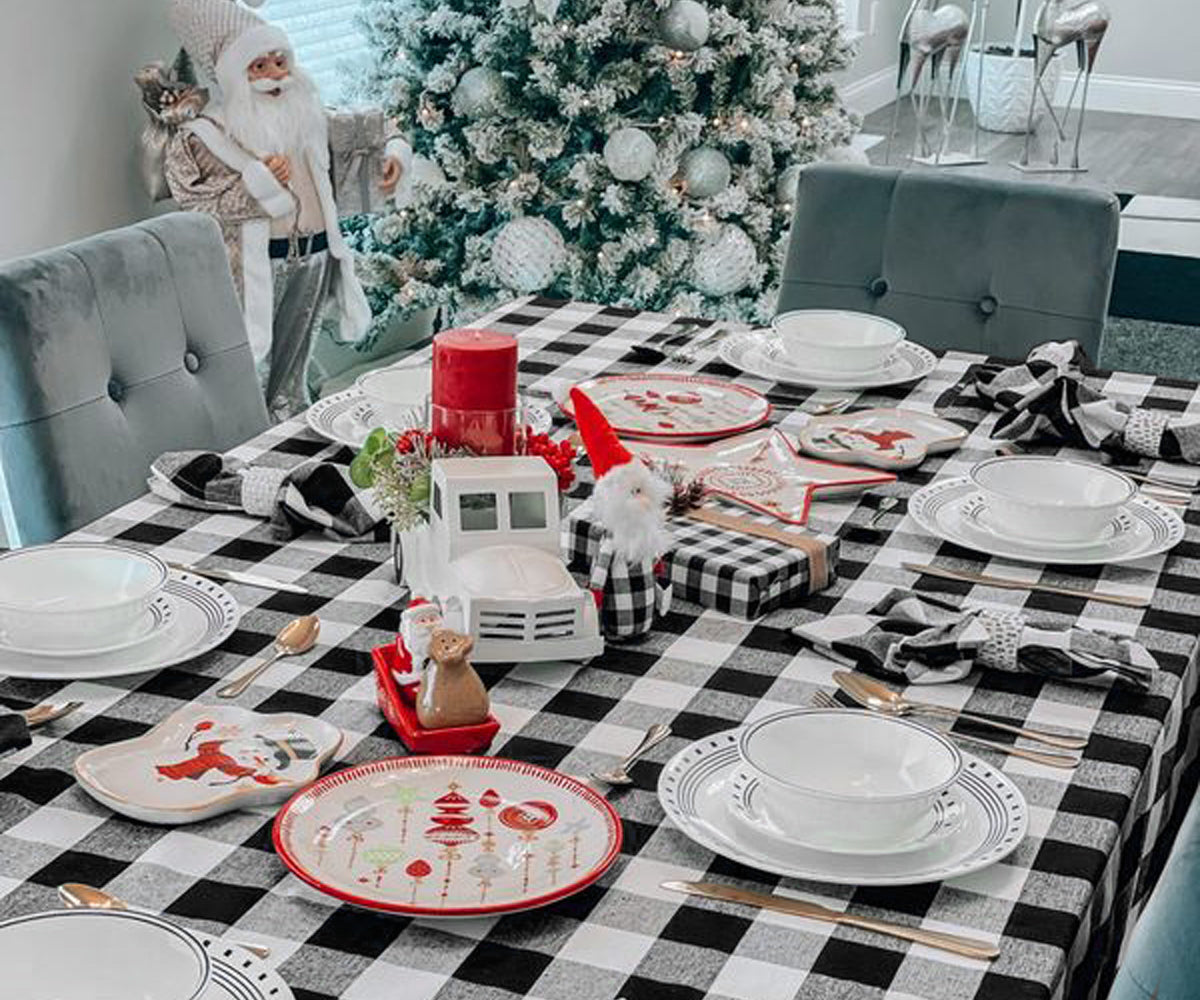
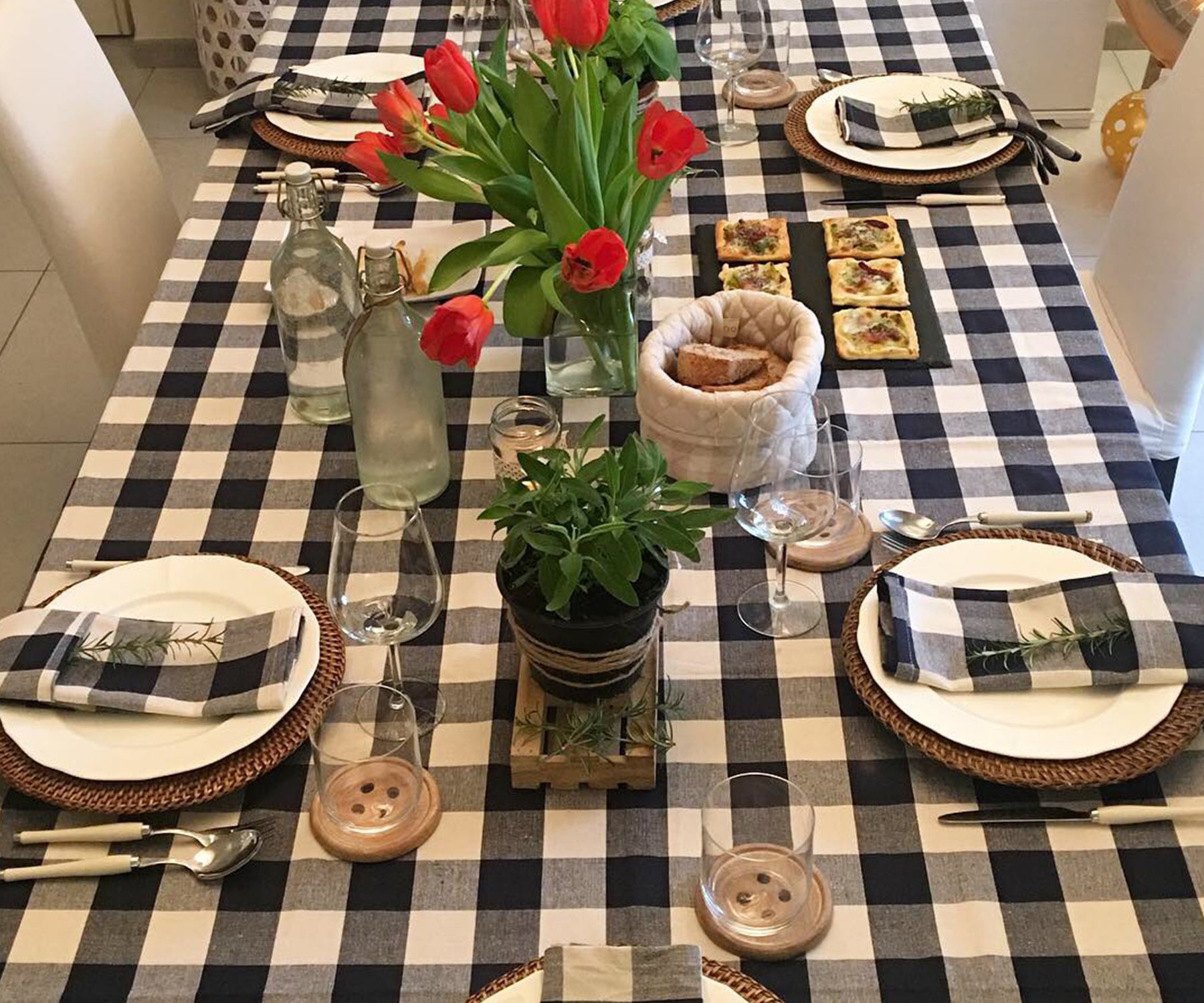
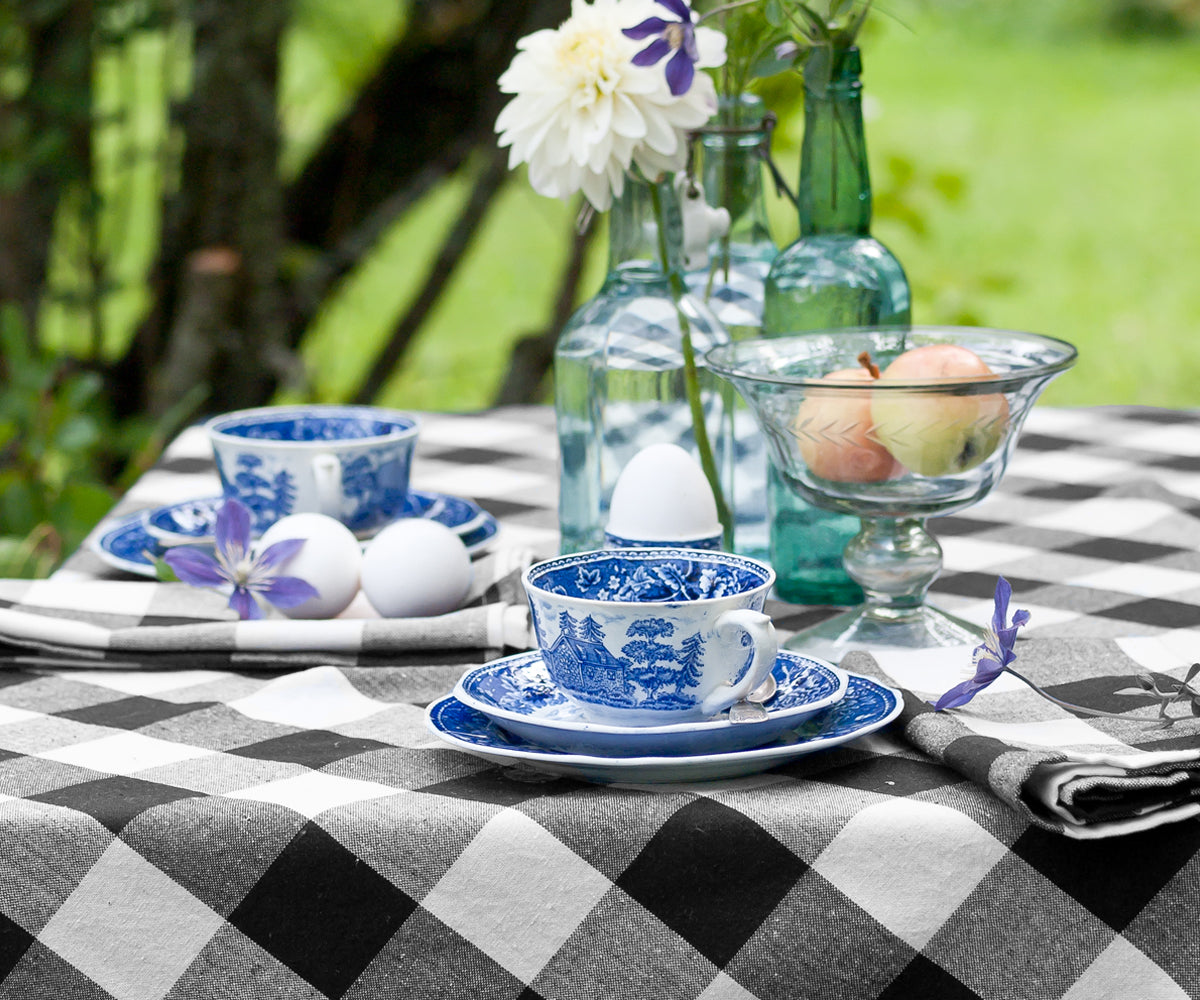
1 comment
A Person
This is the Clan MacGregor tartan and it is older than 150 year and it wasn’t invented by the Woolrich Mill.
This is the Clan MacGregor tartan and it is older than 150 year and it wasn’t invented by the Woolrich Mill.